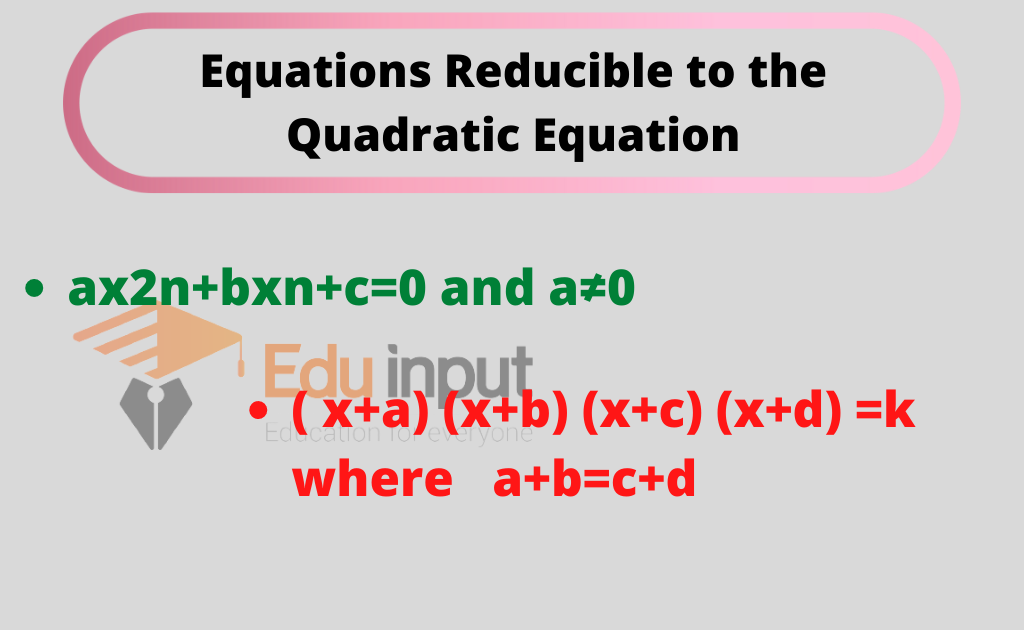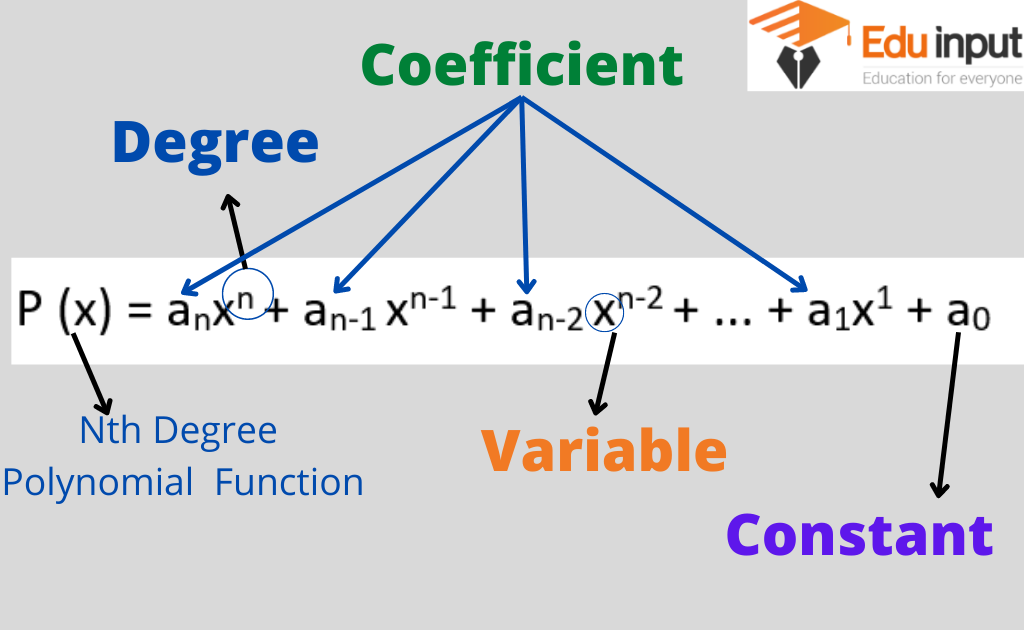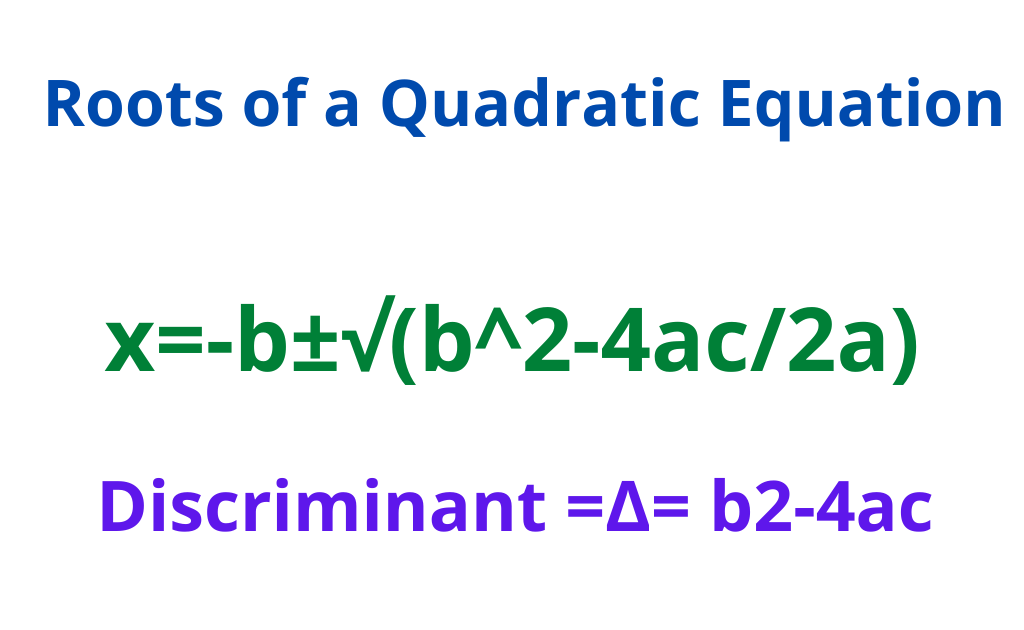Polynomial Function | Remainder Theorem, Factor Theorem, and Synthetic Division
A polynomial function in x is an expression of the form
anx n+an-1 xn-1+….+a1nx+a0, a≠0 –> (i)
Where n is a non-negative integer and the coefficients an,an-1,…,a1 and a0 are real numbers.
It can be considered as a polynomial function of the highest power of x in a polynomial in x is called the degree of the polynomial. So the expression (i), is a polynomial of degree n.
For example:
The polynomials x2-3x+2, 3x3+2x2-5x+4 are degree 2 and 3 respectively.

Dividend =(divisor)(quotient)+remainder
Remainder Theorem:
If a polynomial f(x) of degree n≥1, n is a non-negative integer divided by (x-a) til no x-term exists in the remainder, then f(a) is the remainder.
Proof: suppose we divide a polynomial f(x) by x-a.Then there exists a unique quotient q(x) and a unique remainder R such that f(x)=(x-a)q(x)+R–>(i)
Substituting x=a in equation (i), we get
f(a)= (a-a)q(a)+R
f(a) =0+R
f(a)=R
Hence reminder =f(a)
A reminder obtained when f(x) is divided by (x-a) is the same as the value of the polynomial f(x) at x=0
For example: Find the remainder when the polynomial x3+4x2-2x+5 is divided by x-1.
Solution: let f(x)= x3+4x2-2x+5 and
x-a=x-1
we have
a=1
Remainder =f(1) (by remainder theorem )
Remainder =(1)3+4(1)2-2(1)+5
Remainder =1+4-2+5
Remainder =8
For example: find the numerical value of K if the polynomial x3+kx2-7x+6 has a remainder of -4 when divided by x+2.
Solution: let f(x)= x3+kx2-7x+6 and x-a=x+2, we have a=-2
Remainder =f(-2) (by remainder theorem )
Remainder =(-2)3+k(-2)2-7(-2)+6
Remainder = -8+4k+14+6
Remainder =4k+12
Given that remainder =-4
4k+12=-4
4k=-4-12
4k=-16
K=-16/4
K=-4
Factor Theorem:
The polynomial( x-a) is a factor of the polynomial f(x) if and only if f(a)=0 i.e (x-a) is a factor of f(x) if and only if x=a is a root of the polynomial equation f(x)=0.
Proof: suppose g(x) is the quotient and R is the remainder when a polynomial f(x) is divided by(x-a) then by the remainder theorem
f(x)=(x-a)g(x)+R
Since f(a)=0
R=0
f(x)=(x-a)g(x)+0
f(x)= (x-a)g(x)
(x-a) is a factor of f(x).
Conversely, if (x-a) is a factor of f(x), then
R=f(a)=0
Hence proved
To determine if a given linear polynomial (x-a) is a factor of f(x), all we need to check is whether f(a)=0
For example: show that (x-2) is a factor of x4-13x2+36
Solution: let f(x)= x4-13x2+36 and x-a=x-2 we have x=2
Remainder =f(2) (by remainder theorem )
Remainder=(2)4-13(2)2+36
Remainder =16-52+36
Remainder =52-52
Remainder =0
(x-2) is a factor of x4-13x2+36
Synthetic Division:
There is a shortcut method for the long division of a polynomial f(x) by a polynomial of the form(x-a). This process of division is called synthetic division.
Outline of the Method:
- Write down the coefficients of the dividend f(x) from left to right in decreasing order of powers of x .insert 0 for any missing terms.
- To the left of the first line, write an of the divisor (x-a).
- Use the following patterns to write the second and third lines :
Vertical pattern (↓)
Diagonal pattern (↗)
Add term
Multiply by a
For example:
Use synthetic division to find the quotient and the remainder when the polynomial x4-10x2-2x+4 is divided by x+3.
Solution: let f(x)= x4-10x2-2x+4
f(x)= x4 +0x3-10x2-2x+4
And x-a=x-(-3)
x=-3
Dividend x4-10x2-2x+4

Frequently Asked Question -FAQs
What is meant by a Polynomial function?
A polynomial function is a mathematical function that can be expressed in the form of a polynomial. It has a general form of P(x) = anxn + an – 1xn – 1 + … + a2x2 + a1x + ao, where exponent on x is any positive integer and ai’s are real numbers; i = 0, 1, 2, …, n
What is the Remainder Theorem Formula?
The general formula for the remainder theorem is as follows: when p(x) is divided by (ax + b), the remainder = p(-b/a).
What is the Use of the Factor Theorem?
The Factor Theorem is an important tool in mathematics that allows us to find the factors of a given polynomial equation. In other words, if we have a polynomial equation f(x), and we want to find out what factors into it, we can set f(k) = 0 and then (x – k) will be a factor of f(x).
What is Factor Theorem?
The factor theorem states that if f(x) is a polynomial of degree n greater than or equal to 1, and ‘a’ is any real number, then (x – a) is a factor of f(x) if f(a) = 0. It is mainly used to factor the polynomials and to find the n roots of the polynomials
Where do we Use the Factor Theorem in Real Life?
Factoring can be useful in many everyday situations, such as exchanging money, dividing quantities, understanding time, and comparing prices.

 written by
written by 





Leave a Reply